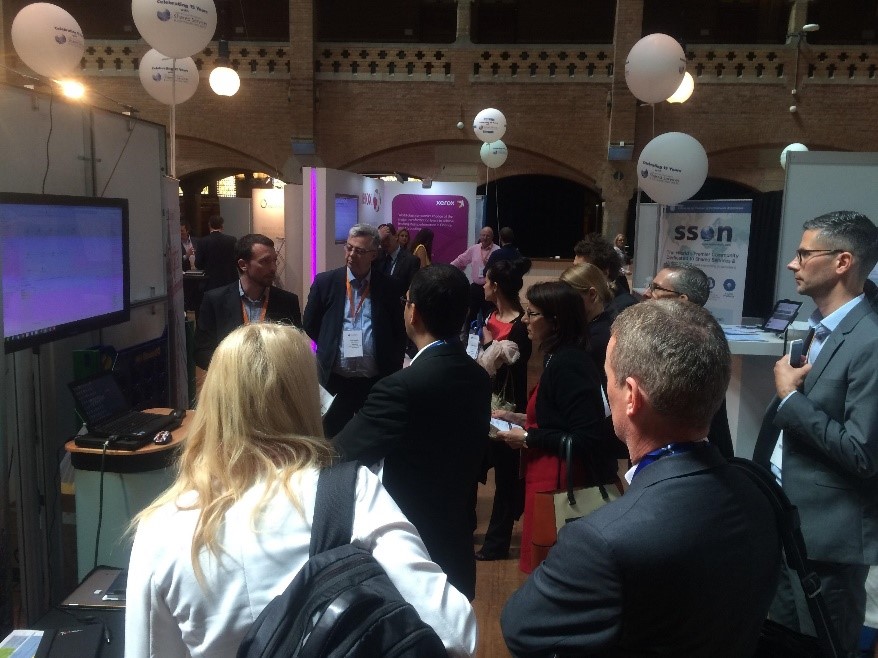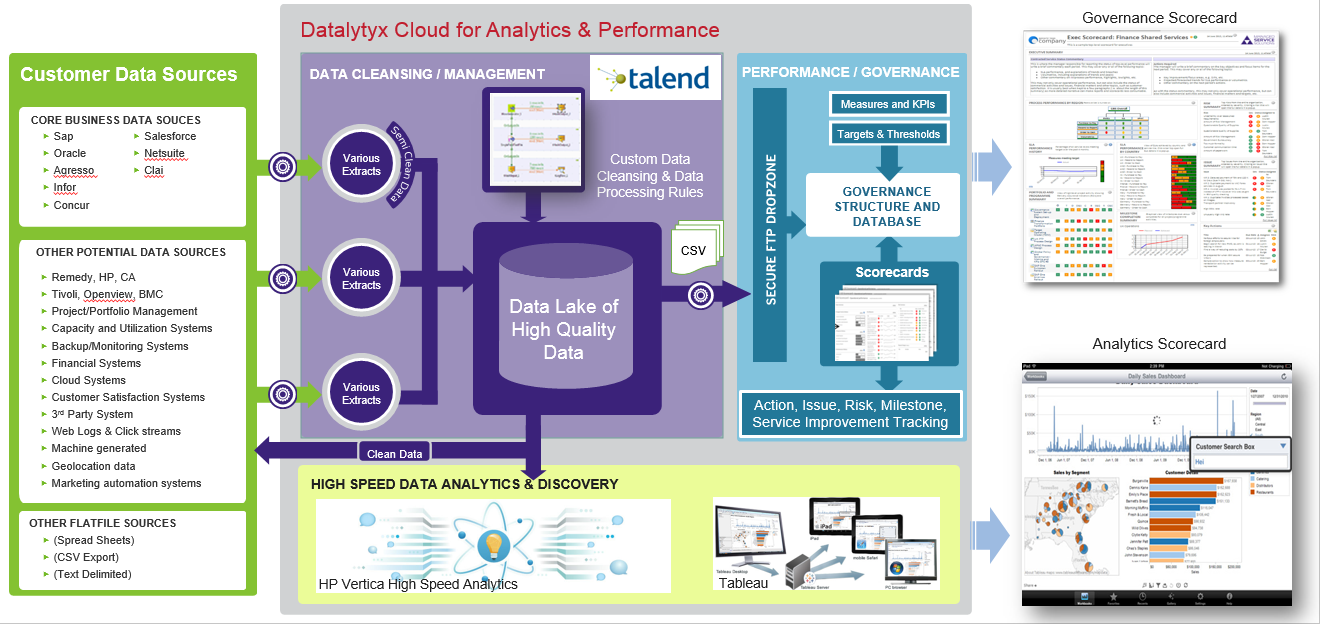Big data is like teenage sex: everyone talks about it, nobody really knows how to do it, everyone thinks everyone else is doing it, so everyone claims they are doing it.
If you have ever read a blog about big data then you have probably come across this joke before. But it perfectly describes the subject of big data in the Shared Services and Outsourcing world.
A lot of delegates were approaching our stand (surprised to find we were the only exhibitor providing big data & analytics services) and asking us how we can help them glean value from the huge amounts of data they collect. During our conversations, we noticed that most delegates had the same types of questions. Here were some of the most frequently asked ones.
What is a Data Lake?
To answer this one I contrast the properties of a data warehouse. Like a database, it is highly structured and data is not loaded until the use for that data has already been identified. This is called schema-on-write.
Now data lakes…
It may be the case that you have lots of different data from all over the business, some of it in spreadsheets, some of it from web analytics, social media, various ERP systems, etc. We store this data in its native format in a data lake – a single repository for storing and processing data.
The reason we do this is, is so we do not have to define a schema up front but only when we query the data, which reduces cost and massively increases flexibility. This is called schema-on-read.
Ok, so I have my Data Lake. Now what?
This is where we use an ETL (Extract, Transform, Load) tool to interrogate and cleanse the data. We remove all the erroneous and duplicate data, join different data sources and load them into an analytics and/or governance tool.
Now we can provide insights, analytics, and governance scorecards to help you monitor and even predict trends. And because the data is all coming from the same place, there is a single version of the truth.
As well as the big data questions there was a lot of interest in RPA or Robotic Process Automation.
What’s the difference between Robotic Process Automation and Workflow Process Automation?
So this was the question asked of the panel in day one’s Robotic Process Automation talk, and again at our stand after people watched a short video playing at our stand.
The simple answer is RPA replicates human interaction using the software and systems an actual user would, only much more quickly and accurately, whereas workflow automation deals with direct integration between systems but may still require some human decision making or interaction.
However there are two types of Robotic Process Automation – although the term RPA is often used synonymously) – Robotic Desktop Automation and Robotic Process Automation.
Robotic Desktop Automation
This is a presentation layer solution that that speeds up the ‘swivel-chair’ access and interaction between existing systems. This would be similar to a person running a macro, but in a much more sophisticated and reliable way.
Robotic Process Automation
With RPA we can take away the human element completely to free high value resources from low value work by using rules to automate many back office process such as accounting, data entry, purchase order issuing, etc.
That’s great but how does RPA deliver ROI?
It’s Technology Agnostic
There is no need for an API or ‘connector’ or web service for RPA to work. So legacy systems, cloud interfaces, in-house LOB systems are all supported.
It’s Low Cost
Because no heavy coding is required to link it up to all of your systems, this means the deployment and rollout time can be reduced to weeks rather months or years, meaning a quicker ROI.
It Smashes Bottlenecks
Simple but time consuming tasks that often need to be redone because of human error are eliminated, 100% accuracy and huge speed increases mean your staff are free to do tasks that require some grey matter.
Conclusion
Over time, as more SSCs adopt these relatively new technologies, we expect the nature of these questions to advance. Rather than asking what a data lake is, delegates will want to know which database technology or ETL tool will be best for their data lake. Rather than wanting to know the difference between Robotic Process Automation and Workflow Process Automation, they’ll want guidance on how to implement or refine automation in their processes. We’ll be happy to answer those questions as well.



0 Comments